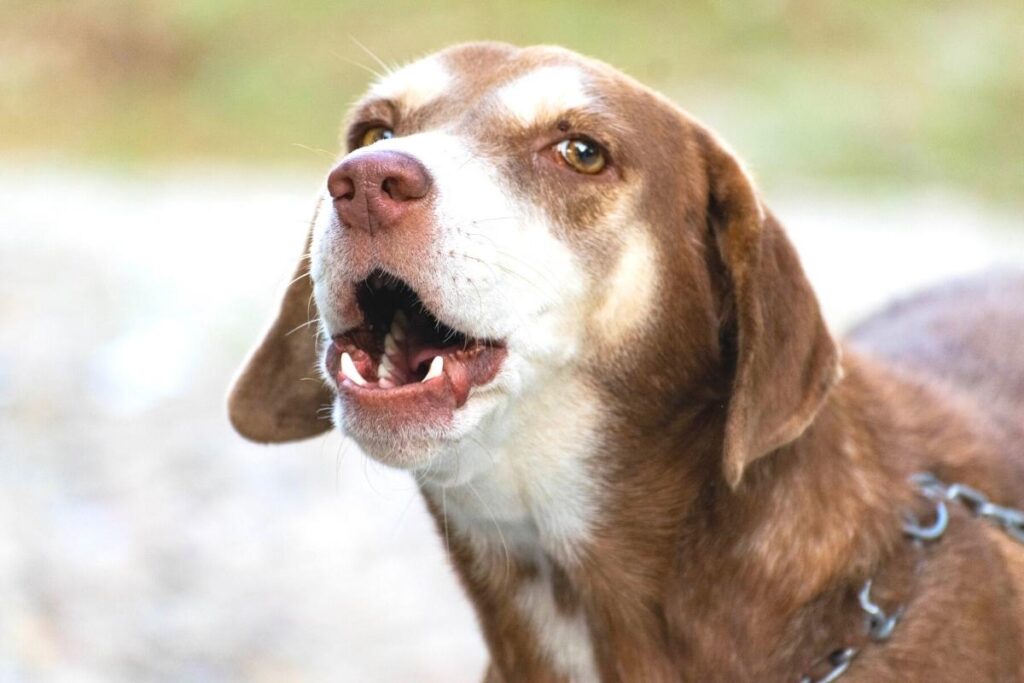How to get dogs socialized?

How to socialize dogs with other dogs?
Many dog owners are afraid to take their dogs to public places for fear of the animal’s reaction and even some situations that may occur. Dog socialization can be crafted and shaped so you can add a second dog to the family or walk it in public places.
Baby dogs
For your dog’s socialization to be natural and fluid with other dogs, it is normal for it to start meeting other animals and even people when it is still a baby. It is at this time that dogs begin to get familiarized. It is easier to lose fear because of their young and dynamic spirit, and they even adopt certain behaviors observed in other animals.
Baby dogs should only contact other dogs when they are appropriately vaccinated. If they have interacted with other dogs without the vaccination plan up to date, some diseases can be transmitted to them.
Observation
The socialization process should always begin with observation and eye contact for both baby and adult dogs. The owner must introduce the animal slowly and within a safe distance. Calming the dog at this point is a great help to show that has nothing to worry about.
Approximation
If the dog is calm during the observation and even with a happy attitude towards the other dogs, you can start approaching, but always in safety. Note that the owner knows his dog, but does not know the other dogs, so it is essential to understand the opening on the other side.
Dog socialization in the same house
Observation
Bringing a second dog into a home that was already an older dog territory can be a tricky step. However, the process must happen as it happens in public places.
Dogs have an instinct to want to get close to others, however, the problem happens when they start to sniff, and one of the sides may have negative reactions. This reaction means that the dog was not ready to approach and felt a stranger had invaded its personal space.
To prevent this from happening, leave the two dogs apart for some time to observe each other and pet each one so that both can see that there is nothing to fear. If the owner is not afraid and approaches, the dog will realize that he can do it.
This is a crucial step so that there are no fights between the animals. It is also essential that you give affection to both dogs so that there is no feeling of jealousy.
Approximation
After verifying that the dogs are interacting and showing a positive attitude, it’s time to approach. Be aware of any signs of aggression at this time, as it is when the two dogs come to each other that they smell each other and get to know each other.
Dogs are very transparent in their feelings and, when they don’t like it, it is easily understandable. If either side shows displeasure, give more time in the observation phase. We advise you to exchange toys between them so that they get used to each other’s smell.
Other care to take at home
Even if the dogs are interacting well, you must respect each other’s space: separate food, food and drink plates, beds, and even sanitary mats and trays.
Even though they are very friendly, dogs are territorial, and sometimes a baby dog in its innocence does not understand this. Protect the oldest dog’s space in the house.
Precautions to be taken in the relationship between owner and dogs
Also, the way you deal with each dog will have to be respected. Dogs are very people-oriented and look up to their owner as “their god.” The owner must take special care to give both dogs the same attention.
With the arrival of a second dog, it is expected that more attention is given to it for the sake of integration and even novelty. Still, this situation will only trigger negative reactions in the older dog. Be especially careful and attentive to your interactions with each.


